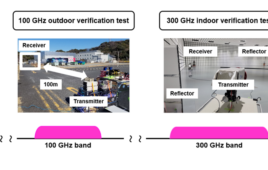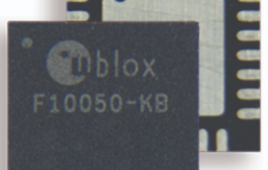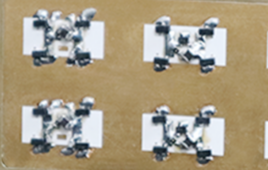As technology grows, so does the knowledge necessary to understand it. Fusing technology with education marks a step into the future, not only with the expansion of subjects but how they are taught. Virtual reality (VR) is beginning its merge with education, showing students and teachers alike what a new method of teaching looks like.
With a simulation titled, “Learning Moon Phases in Virtual Reality” students become engrossed in a 3D simulation of the earth, moon and its phases, as well as the stars. The VR is a part of a multi-phase research study to determine if the immersive quality of VR is conducive to better learning. The study, conducted in the Virtual Embodiment Lab at Cornell University, found no noteworthy differences between VR and current hands-on learning techniques. However, it is the first to inquire about the impact of VR on learning.
Senior Author, Natasha Holmes, the Ann S. Bowers Assistant Professor in the College of Arts and Sciences, in physics says, “We’ve seen a lot of technology fads in education. And while technology can be very powerful in the classroom, as a discipline-based education researcher, it’s my job to do the controlled studies with real students to understand how, when, and why these tools impact students.”
The study followed Cornell graduates assigned to one of three learning methods: VR, computer simulation, and hands-on. Each student was given similar instructions and quiz questions all modeled after common astronomy tutorials. The hands-on approach required three components such as a light, a short stick with a ball stuck to the top, and the student. Participants had to keep the ball at arm’s length and spin in a circle to create an illumination pattern to mimic the phases of the moon. The VR and desktop approaches were designed by a team of students studying communication, computer science, and astronomy. The desktop simulation allowed participants to control the viewing position and planar perspective as well as time progression. The VR approach was similar to the desktop simulation, permitting participants to move backward and forward in time, alter the moon’s orbit, and choose viewing positions.
Lead Author and doctoral candidate in the field of astronomy, Jack Madden, says, “The similarity in learning outcome is particularly interesting, given that the VR participants had to learn how to use new technology at the same time they were learning the moon phases. What would the outcome have been if they’d already been familiar with using VR to learn?”
Out of the three choices, 78 percent of participants preferred the VR activity over the others. Those who weren’t a fan of the VR say they felt, “uncomfortable with the overwhelming sensory input.”
The paper, “Virtual Reality as a Teaching Tool for Moon Phases and Beyond,” was presented at the 2018 Physics Education Research Conference and was later published in the 2018 Physics Education Research Conference Proceedings.




